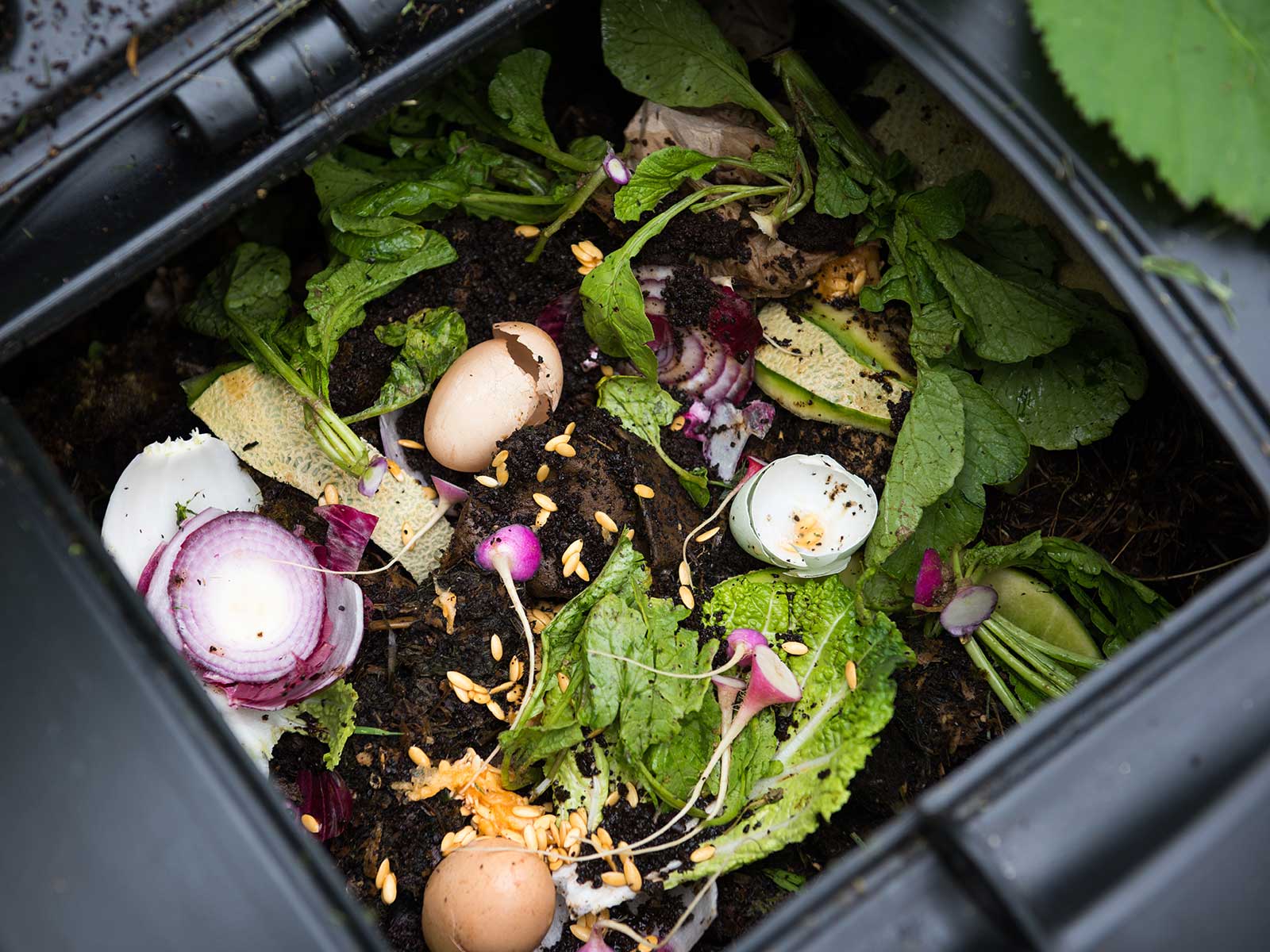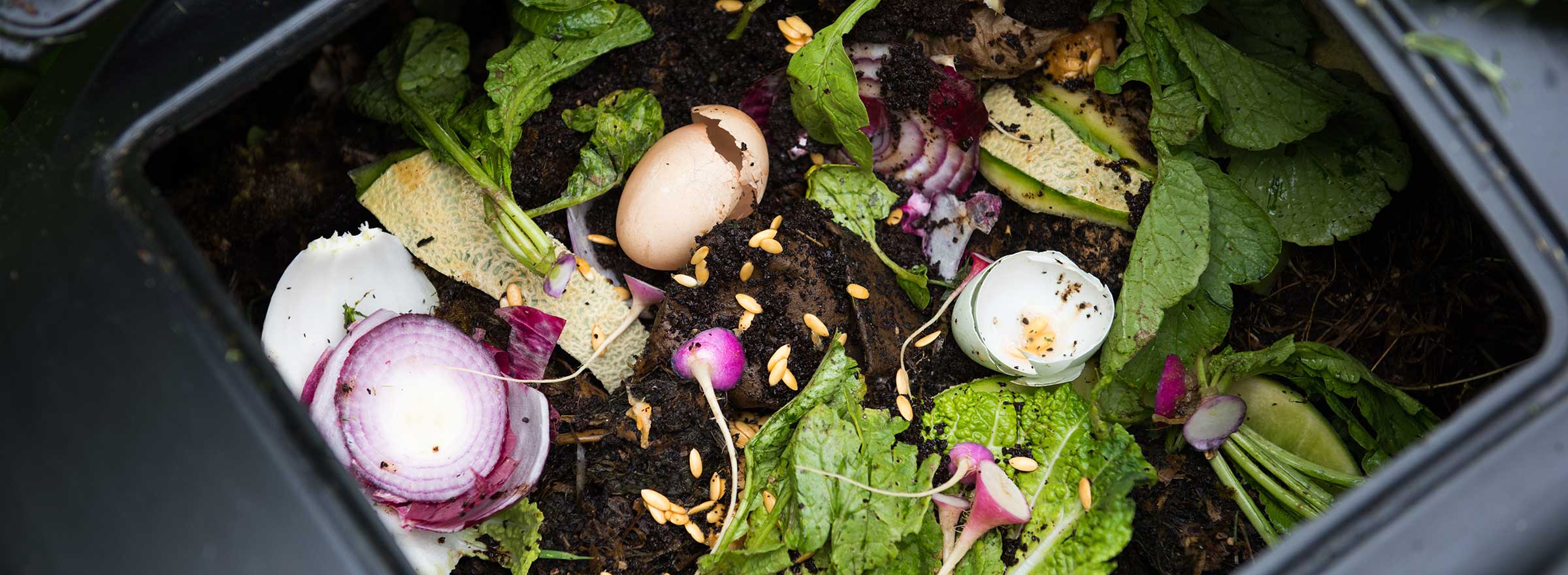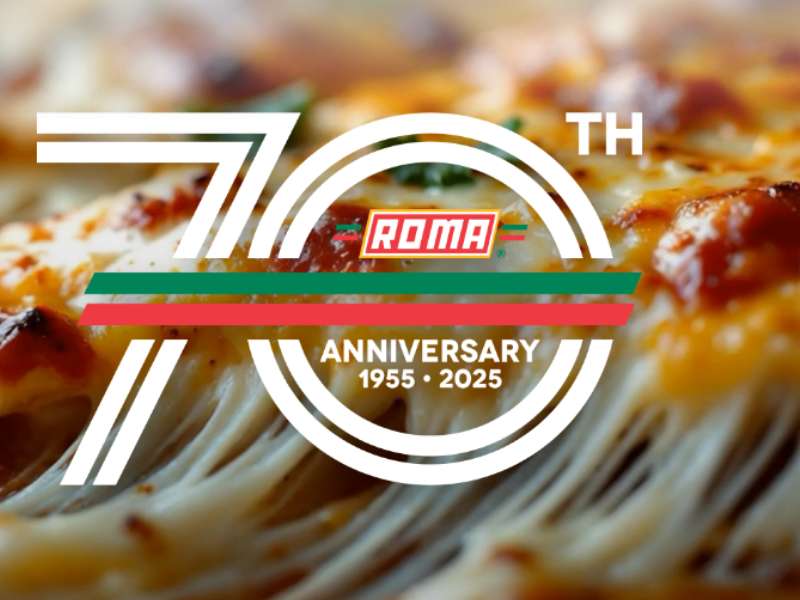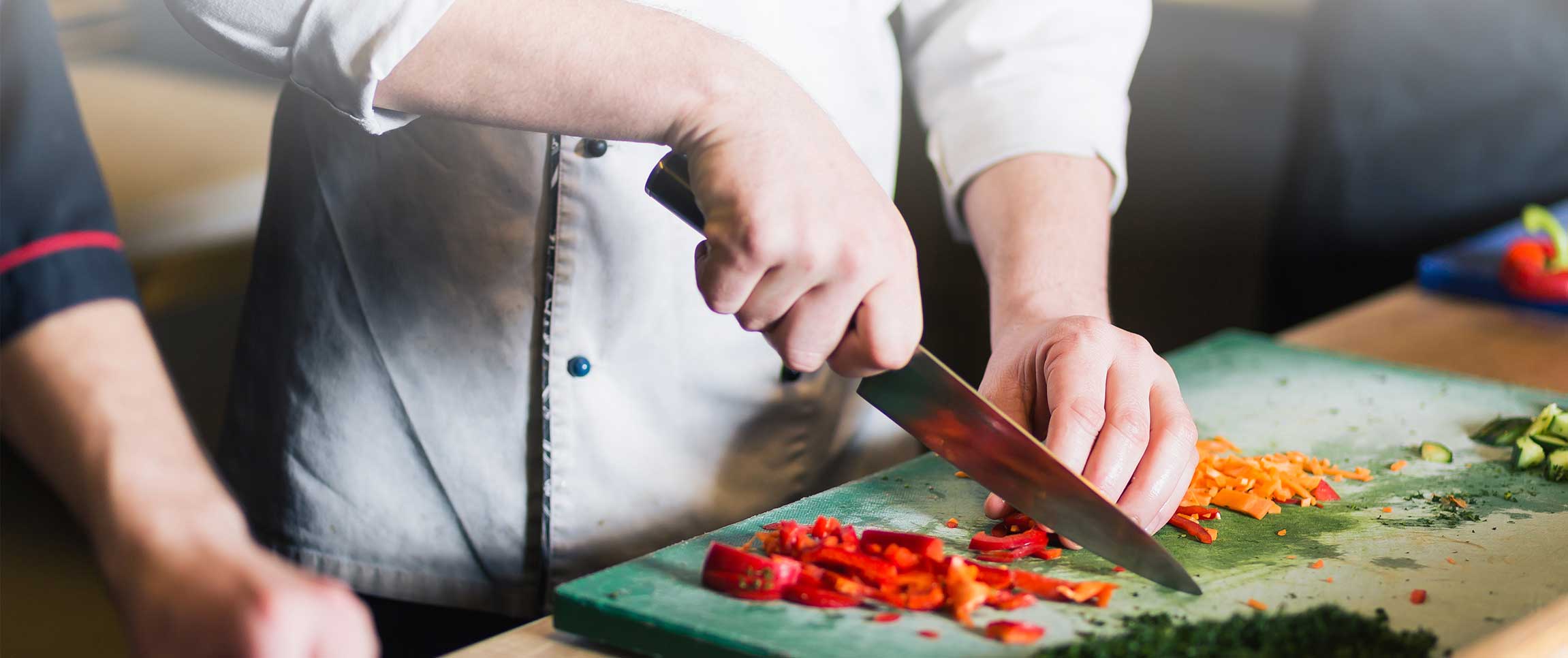The restaurant industry loses an estimated $162 billion dollars per year due to food waste according to the USDA. The EPA estimates that 60% to 80% of all restaurant garbage is food waste. Research shows that an investment of $1 in food waste reduction can yield $8 in savings for food businesses, and reducing food waste conserves resources like water, reduces methane emissions, and helps in reducing food insecurity.
As leaders in the industry, chefs have a certain amount of responsibility for finding ways to prevent food waste, plus it’s just good business. Along with thoughtful menu planning and proper training of staff to help eliminate unnecessary waste, composting represents one obvious way that restaurants can participate in improving the food cycle in their communities.
Composting 101
Composting is a system of breaking down organic material--things like fruits and vegetables,
cardboard, bread, pasta, egg shells, coffee grounds, non-dyed paper, leaves, and grass
clippings—resulting in the creation of nutrient-rich soil. Items that should not be included in your
compost pile include meat, dairy, grease, diseased plants, an excess of onion or citrus peel
scraps, glossy paper, stickers (like the ones found on produce), and sawdust.
Composting requires very little equipment and a small amount of education and dedication to
yield positive results.
DIY
If you choose to take on composting on your own, the steps are fairly simple:
- Choose a composting bin with ventilation, and add a layer of soil (or compost starter) to the bottom of the bin. Invest in an implement to turn compost--you can use a garden fork, shovel, or compost aerator.
- Choose an appropriate location that’s accessible to staff but removed from the dining area, ideally one with some ventilation.
- Equip cooks with small buckets that they can keep on their station for removing compostable materials while they’re prepping. You may want to create signage around the areas where composting occurs to remind staff what can be composted and what can’t.
- Regularly turn your composting bin and make sure it stays slightly damp. Turning once a week should help keep odors at bay. Assign this as side work to your staff, and show them the right way to do it.
- Continue the process, which may take months or even a year to yield usable soil. This can be the beginnings of a restaurant garden, or if you can’t use the soil, talk to farmers you work with to see if they are interested in collecting and using the soil—a nice way to see the food cycle continue on.
- Talk to your landscaping team to see if you can get grass clippings and other organic material from their work to add to the bin.

 Train on It
Train on It
For composting to be successful in your restaurant, it is essential to get some buy-in from your staff. In a staff meeting, introduce the concept and share why it’s important to you. Answer questions from your staff and take the time to go over the process thoroughly. Add the composting process and expectations to your employee handbook and train all incoming staff to understand the logistics of it. Give your FOH staff talking points to describe how and why your restaurant has chosen composting so that they can help share the messaging with guests.
Outsource
Composting services are growing in popularity. Search for composting in your city online, and you’ll likely find several results. Some services will maintain the system on your behalf (though it will still require some work on your and your staff’s part), while others simply consult on how to begin composting. In addition, your current waste management provider may offer composting services in addition to waste removal, which can be a good way to streamline the process.
Lasting Impact
In addition to knowing that you are taking positive steps for the environment, the local food system, and your restaurant's bottom line, composting can have other advantages as well. Share the news that your restaurant is composting with local media through a press release and with your network on social media and via your newsletter. This can be a great PR opportunity and can be a motivator for diners to choose your restaurant over a competitor.



